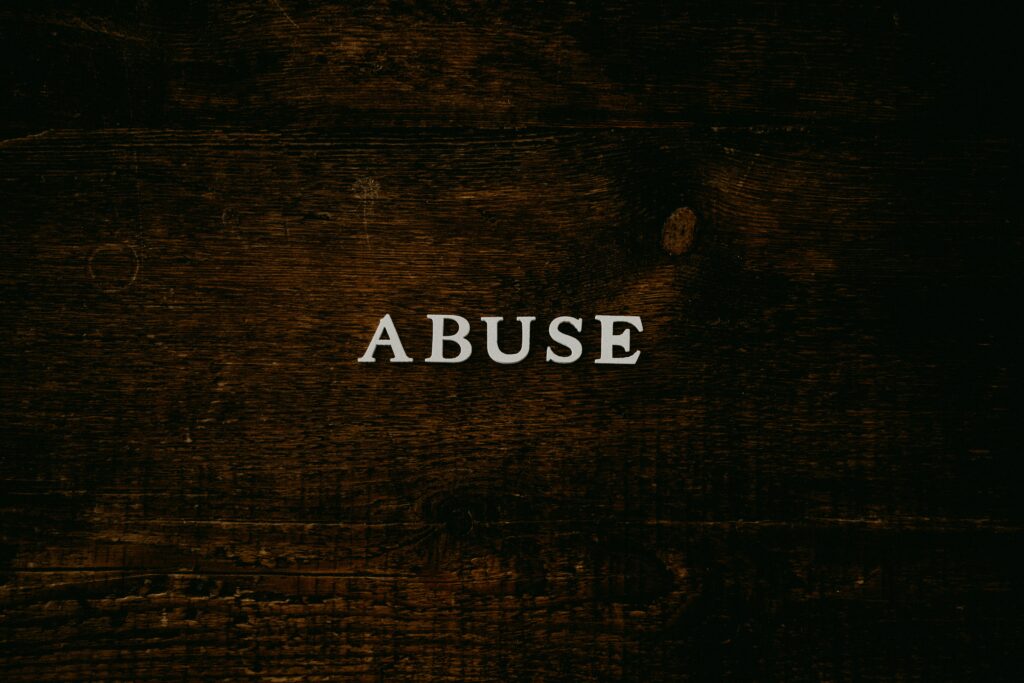In the world of callout posts and screenshots, it’s becoming more and more common for private, personal issues to be posted online for the world to see. If the issue in question involves public figures, or if it’s posted at exactly the right time to be viral, it could spread to millions of people through shares and reposts on social media. A common example of such an occurrence is when an affair is exposed through screenshots of private text messages. Every story has two sides, and in this situation, two legal questions arise. First, what legal remedies are available to you if your private conversations are posted on social media? Second, what legal remedies are available to you if you are the victim of an affair? Let’s discuss. On posting private conversations online The Philippines has a lot of legal frameworks in place to protect an individual’s right to privacy. Leaking of private conversations is generally illegal and can have both civil and criminal repercussions. Laws that address unauthorized sharing of private conversations include: However, there are situations when victims of undisclosed private correspondence can still be held accountable for their actions showcased in the leaked material. In the recent case of People vs. Rodriguez, the Supreme Court declared that the Data Privacy Act of 2012 still “allows the processing of sensitive personal information to determine a person’s criminal liability and to protect the rights and interests of persons in court proceedings.” Furthermore, as to whether RA 4200 or the Anti-Wiretapping Law applies, the answer is NO. The Supreme Court has clarified that the prohibition therein only applies to instruments used for tapping the main line of a telephone, or for intercepting telephone conversations. Section 1 of the same law provides: “Section 1. It shall be unlawful for any person, not being authorized by all the parties to any private communication or spoken word, to tap any wire or cable, or by using any other device or arrangement, to secretly overhear, intercept, or record such communication or spoken word by using a device commonly known as a dictaphone or dictagraph or dictaphone or walkie-talkie or tape recorder, or however otherwise described.” In this regard, the Supreme Court has expounded that the phrase “device or arrangement” in Section l of [Republic Act] No. 4200, although not exclusive to that enumerated therein, should be construed to comprehend instruments of the same or similar nature, that is, instruments the use of which would be tantamount to tapping the main line of a telephone. It refers to instruments whose installation. or presence cannot be presumed by the party or parties being overheard because, by their very nature, they are not of common usage and their purpose is precisely for tapping, intercepting or recording a telephone conversation. In the case of taking screenshots of private conversations, a victim thereof cannot find solace in RA 4200 as it is not applicable simply because such acts are not in the same nature as “tapping the main line of a telephone.” On being a victim of infidelity On the other hand, a victim of an affair might want to seek legal help and may want to know if she is entitled to any actual, compensatory, moral, or exemplary damages. Let us see if such a case can hold any water. (a) “Violence against women and their children” refers to any act or a series of acts committed by any person against a woman who is his wife, former wife, or against a woman with whom the person has or had a sexual or dating relationship, or with whom he has a common child, or against her child whether legitimate or illegitimate, within or without the family abode, which result in or is likely to result in physical, sexual, psychological harm or suffering, or economic abuse including threats of such acts, battery, assault, coercion, harassment or arbitrary deprivation of liberty. It includes, but is not limited to, the following acts: While the case of XXX vs. People of the Philippines referred to marital infidelity, RA 9262 does not limit psychological violence to married victims. The law is clear—-victims in a dating relationship are likewise protected. Thus, it can be safely inferred that infidelity committed while being in a dating relationship may be deemed as a form of psychological violence, provided that it causes mental or emotional anguish to the victim. To conclude, any victim of violence under RA 9262 shall be entitled to actual, compensatory, moral and exemplary damages.











